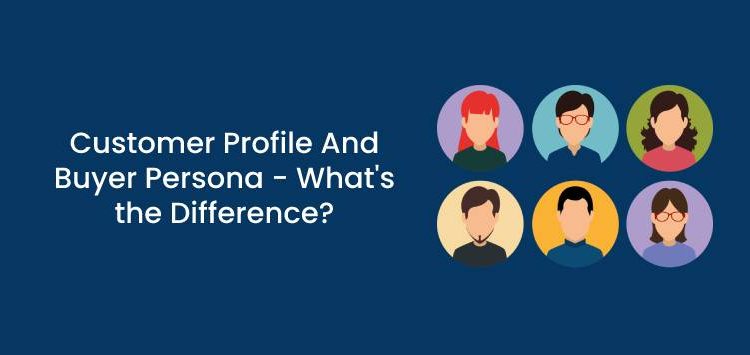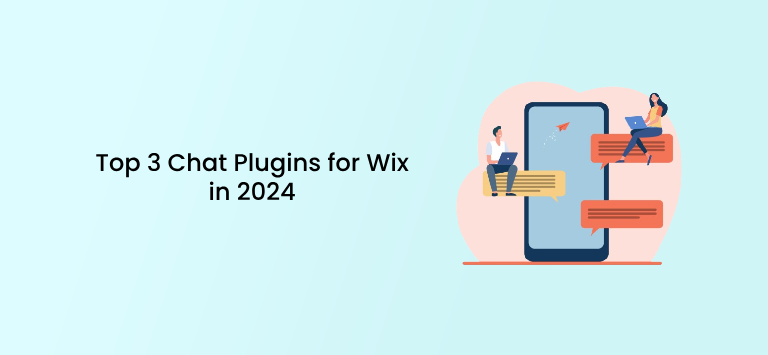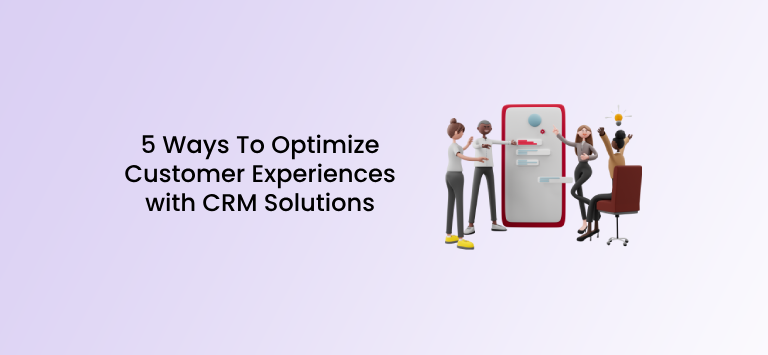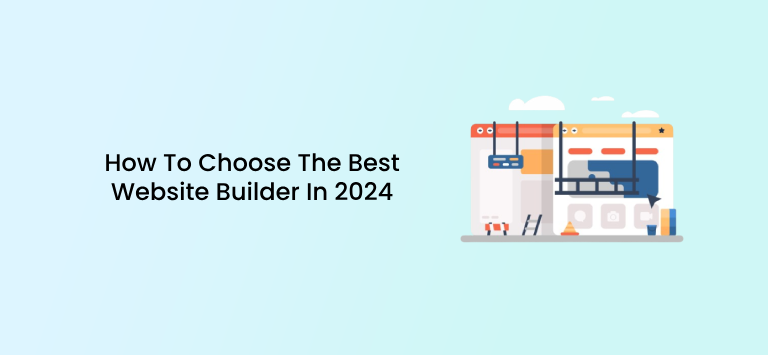When you market a business online, it’s important that you understand who you’re marketing to.
In other words, what do your customers look like?
The question is complicated when you consider that there is both an ideal customer profile and a buyer persona.
Most digital marketers will have heard of both terms—and they are often used interchangeably. What’s essential is understanding exactly what each term means, and the core differences between the two.
Once you have this knowledge, you can start building better marketing strategies that help you nurture leads and gain more sales.
In this article, we’ll take a look at the key differences between ideal customer profiles and buyer personas—and whether or not it’s beneficial to have both.
What is an Ideal Customer Profile?
An ideal customer profile (often referred to as an ICP) is essentially a description of a fictitious company. One that has certain characteristics that’ll bring the most value to your business. It’s the customer your business is targeting with its products and/or services. They’re the ones with the problems—and you provide the solutions.
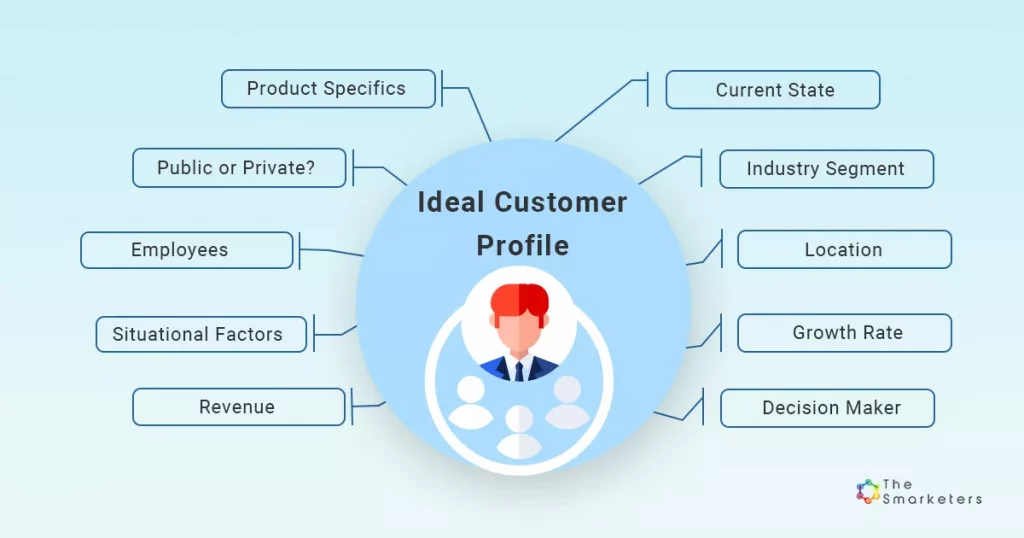
For a B2B business, an ideal customer profile encompasses things like the size of a company you’re targeting, their budget, as well as their location. It will also include their niche.
It’s worth creating an ideal customer profile because doing so can save you time by helping you qualify leads.
While it might seem like all leads are useful, this most definitely isn’t the case. Instead, when you generate a lead, you can take a look at your ideal customer profile to see if they’re a match or not.
What is a Buyer Persona?
A buyer persona is a semi-fictional version of your ideal customer.
Despite being mostly fictional, a buyer persona is heavily detailed. They have a name, an age, a location, interests, and various behavioral identifiers.
They also have motivations and goals—just like any other human being. They may even have a photo.

Essentially, marketers simply don’t have the time to get to know all their customers individually. Instead of this, they can create personas based on their ideal customer who they then create marketing campaigns for.
And because it’s highly likely that you’ll be selling to a variety of customers who have different tastes, needs, and buying habits, you’ll create more than one buyer persona. This may also mean that the way you market and engage with each one will be a little bit different.
To create a buyer persona, marketers need to research their market, as well as crunch data about their current customers. You can send surveys to your existing customers, create polls and ask for feedback from them.
Questions might include:
- What their favorite product is
- How they found out about you
- What their biggest challenges are
Once you’ve got this information, you can start creating buyer personas before adapting your marketing strategies accordingly.
Key Differences
So far, it probably sounds like a customer profile and a buyer persona are similar. After all, they’re both essentially ideal representations of the people and businesses who’ll be buying your products or services.
However, the biggest difference is:
- Ideal customer profile: The business (or person) you want to sell your products or services.
- Buyer persona: In-depth representation of the people who stand to benefit the most from what you’re selling.
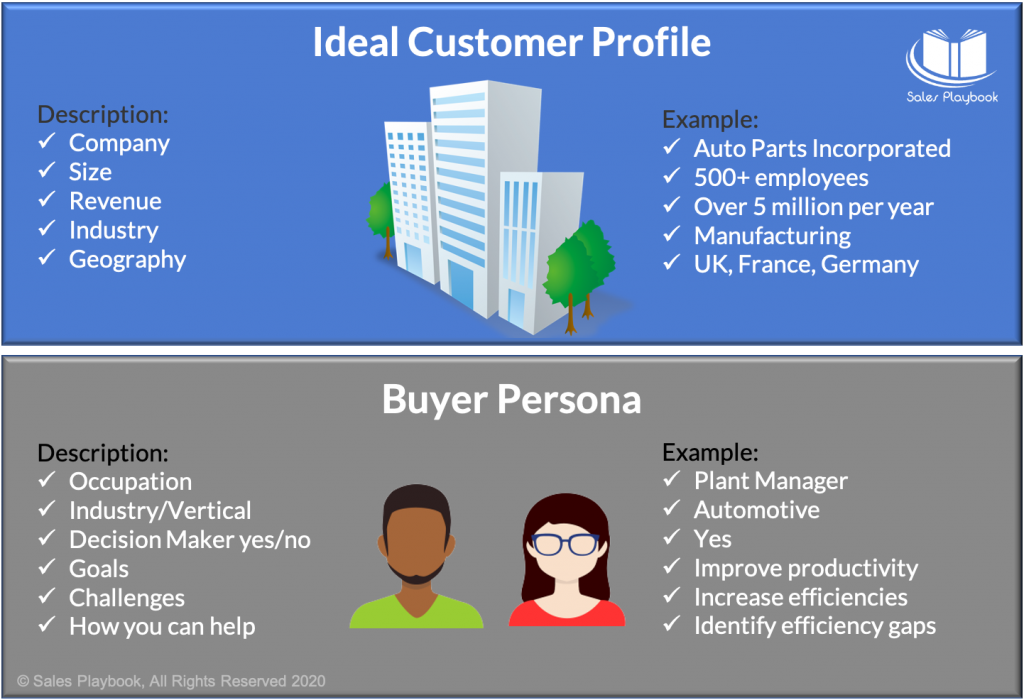
Not just that, but an ideal customer profile is more typically used by B2Bs who create ICPs to help them get a more rounded idea of the business they’re selling to. Ideal customer profile traits include – as mentioned – the size of a company and their revenue.
On the other hand, a buyer persona is a representation of an individual customer. As such, they’re more often used by B2CS (but they’re also used by B2Bs).
Moreover, there’s just one ideal customer profile per business. Conversely, digital marketers can create any number of buyer personas.
This difference matters because it leads us onto the next point: While an ideal customer profile is most useful at the top of your sales funnel, a buyer persona can represent your customers at any stage in your funnel.
You can create a buyer persona for an individual who’s at the top of the funnel, a separate buyer persona for an individual who’s in the middle of the funnel, as well as a separate buyer persona for anyone who’s at the bottom of the funnel.
You can even create more than one buyer persona for each stage of the funnel.
Another way of looking at things is that, while an ideal customer profile is super broad (generally because there’s only one of them), a buyer persona is much more specific.
For instance, a company that sells real estate might create a buyer persona based on a single mom aged over 40. This will be an incredibly specific persona that will look entirely different to a buyer persona created for a growing family looking to buy a house for a mum, dad and two teenage children.
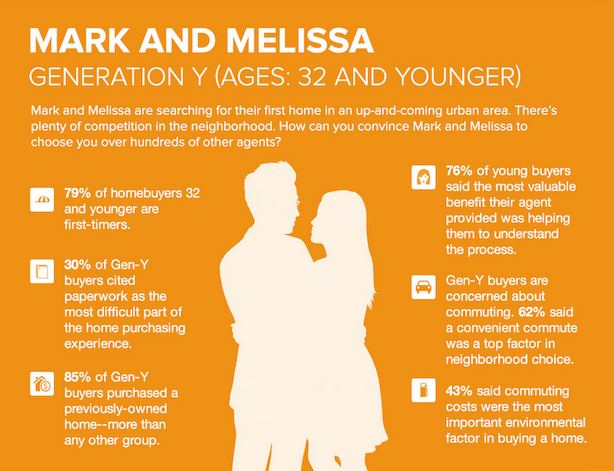
Should You Have Both an ICP and a Buyer Persona?
We’ve just had a look at the differences between an ideal customer profile and a buyer persona.
As you can see, they’re a little bit similar but crucially—they’re not the same thing.
Should you have both?
B2B businesses would especially benefit from having both an ideal customer profile and a buyer persona. This is because personalized content matters when it comes to reaching out to your customers and persuading them that you’ve got what they want.
Personalized content is great for establishing trust, building relationships and securing that all-important goal.
Understanding who you’re targeting is hard unless you use both an ideal customer profile and a buyer persona.
Why?
An ideal customer profile is the best way to get an idea of the business you’re targeting. It’s also a great way of flushing out any logistical details.
A buyer persona, on the other hand, gives you a chance to refine your target audience at each step of the sales funnel. While the ICP gets your foot in the door so to speak, a buyer persona allows you to become more targeted and personalized with your messaging.
For instance, personalized emails boost emails by 10%. It’s only by understanding your customers that you can target them with more personalized content.
Ideal Customer Profile First, Buyer Persona Second
An ideal customer profile should come first. Then, a buyer persona quickly follows as you follow-up on leads, qualify them further and nudge them down your sales funnel, thereby improving your conversion rate.
Or, let’s put it this way: An ideal customer profile needs to come at the top of your sales funnel because it shows your sales and marketing team whether or not a company is even worth your time.
Has it got enough revenue? Is it big enough?
If the answer is negative on both counts, you can cut this account from your marketing efforts because it’s not a good fit.
On the other hand, if it turns out that, according to your ICP, this company is a good fit for you, it’s time to develop buyer personas that will help your sales and marketing teams come up with ways of targeting each customer.
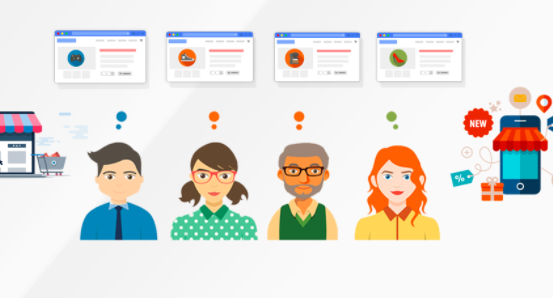
What specific problems does customer A have? What specific problems does customer B have? How far down in the customer journey is customer C?
A buyer persona helps you answer these questions.
Essentially, yes, an ideal customer profile and a buyer persona are two different things. But they should work together to help you a) qualify leads, b) create marketing strategies for each persona, and c) close more sales.
Final Thoughts
Creating customer profiles and buyer personas ensures you start to focus on the customers that matter while discarding those that aren’t a fit for your company.
Once you’ve defined your ideal customer profile and your buyer persona, the next step is to see how you can then improve your sales and marketing. This means creating epic content, personalizing your content and making sure that your sales and marketing team are working from the same page.
There are lots of buyer persona tools to help get you started using templates, while taking advantage of startup loans is ideal for businesses that may not currently have the budget to execute a strong digital marketing campaign.
